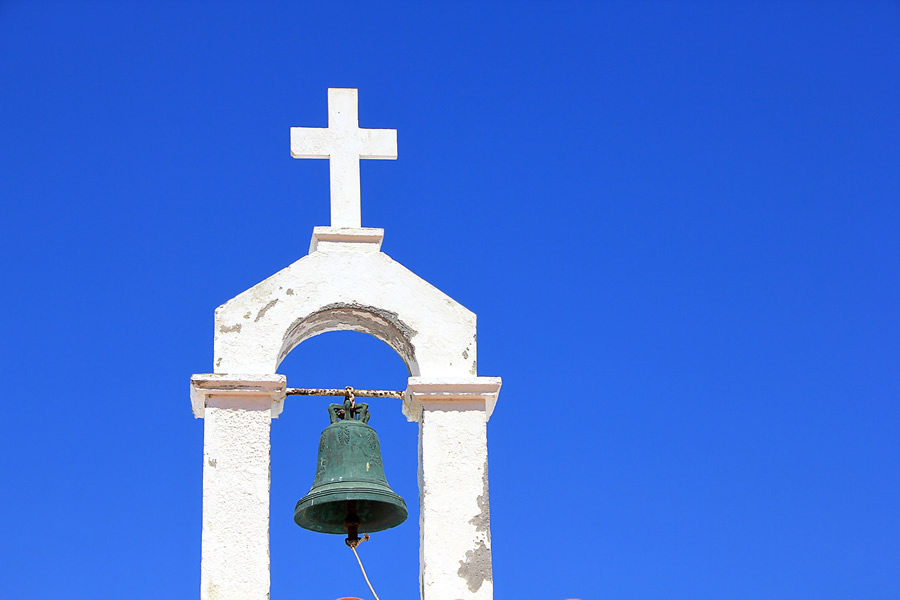
Bells
09-02-2020Letter from the PastorFr. Don Kline, V.F.Dear Family of God,
Peace and Joy in Our Lord Jesus Christ!
It is amazing how much we depend on schedules and routines. Many people rely on their watch or phone to keep on track and to get to where they need to be on time. While I was in the seminary, I didn’t need a watch because we had bells. The use of bells let us know when it was time to eat, to sleep, to go to class and when to pray. I will admit, I didn’t much care for the bells at first. Eventually, I came to appreciate them.
The bells rang out at 5:15am every morning to wake up the community for prayer. Then throughout the day, the bells would chime every 15 minutes. The bells were also used to proclaim various feast days and celebrations like Christmas and Easter. They would ring the “death bell” to solicit prayers for the soul of the deceased person. The parish would peal the bells for weddings constituting an element of joy and solemnity. Ringing the bells kept us grounded and aware of the rhythm of life in the Church. Ringing bells is still a common practice today in many parishes throughout the world.
You may have noticed the large bell tower attached to our beautiful church building. You may have also noticed the silence emanating from the tower. You may have asked if bells will go in the bell tower. Your wait is finally over. Due to the generosity of our parishioners and the success of the Together Let Us Go Forth Campaign, we are ready to let the bells ring with the melodic sounds that will enhance our already beautiful parish grounds.
What is the significance of the bells? I believe this line in Latin captures the function of the bells best: Lando Deum verum plebem voco congrego clerum Defunctos ploro, nimbum fugo, festa decoro. (I praise the true God, I call the people, I assemble the clergy; I bewail the dead, I disperse storm clouds, I do honor to feasts).
Another very common use of the bells has to do with the daily recitation of the Angelus or Ave Maria. In the Middle Ages the Angelus seems commonly to have been rung with three equal peals, and this practice is still very common. If you are ever in Rome, you will hear the Ave Maria bells rung with three strokes and a pause, four strokes and a pause, five strokes and a pause, a final stroke. Now you will hear a similar practice right here in Scottsdale, Arizona!
If you attend our church for Holy Mass, you will hear the hand bells during the Elevation of the Host. This practice of ringing the bells can be found at the beginning of the thirteenth century where it was the custom to ring one of the great bells of the church at the moment when the Sacred Host was raised up by the priest. This was to give an opportunity to the people at work in the fields to momentarily kneel down and make an act of adoration. What a beautiful way to keep Our Lord fixed in our hearts.
Lastly, if you haven’t yet signed up for online giving for our parish. Please do so here: saintbernadette.weshareonline.org. Your gifts are needed now more than ever so we can continue the mission of the Church of making more disciples. Thank you for all who have helped to keep our parish focus on Christ, Our Eucharistic King!
God Bless,
Father Don Kline, V.F.